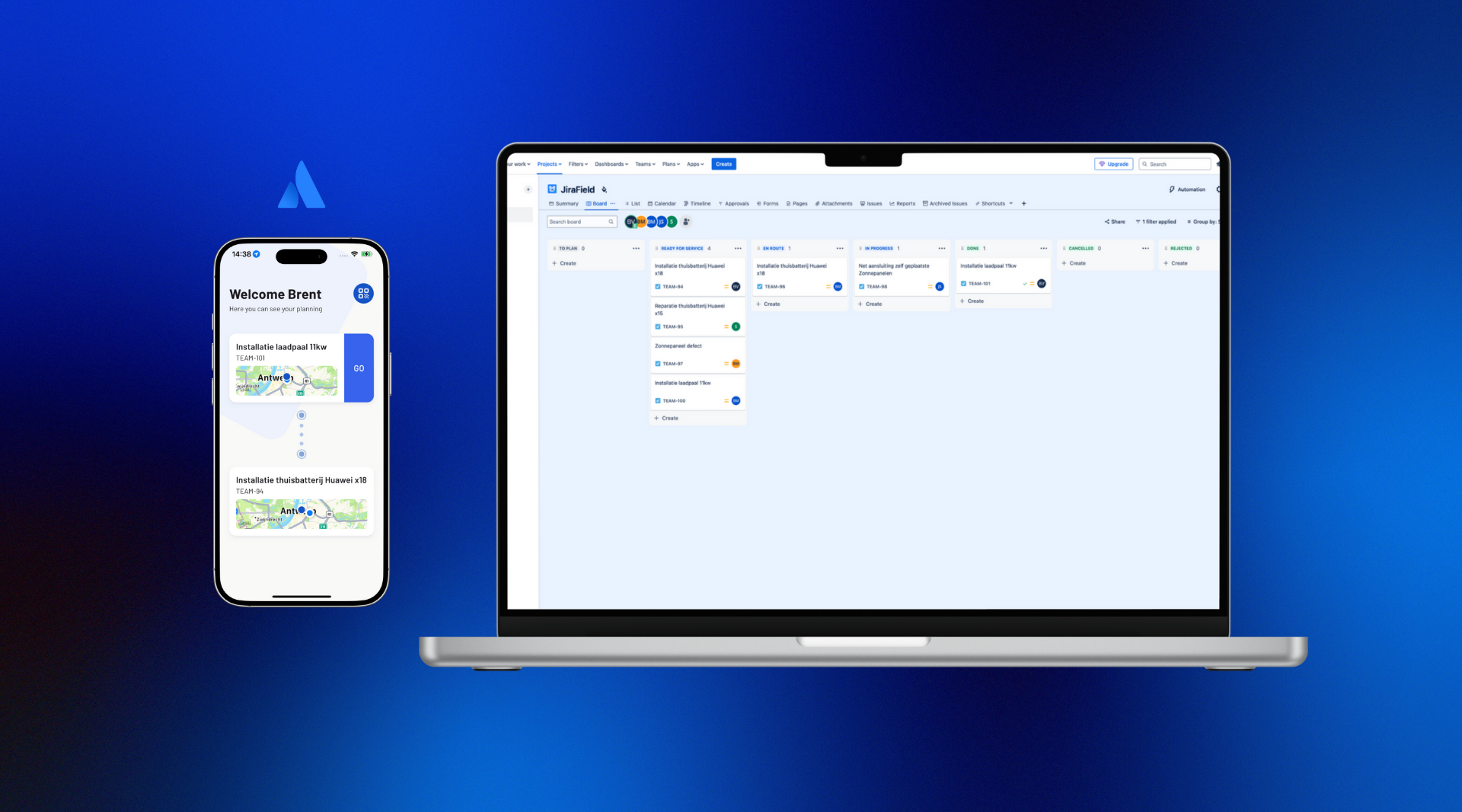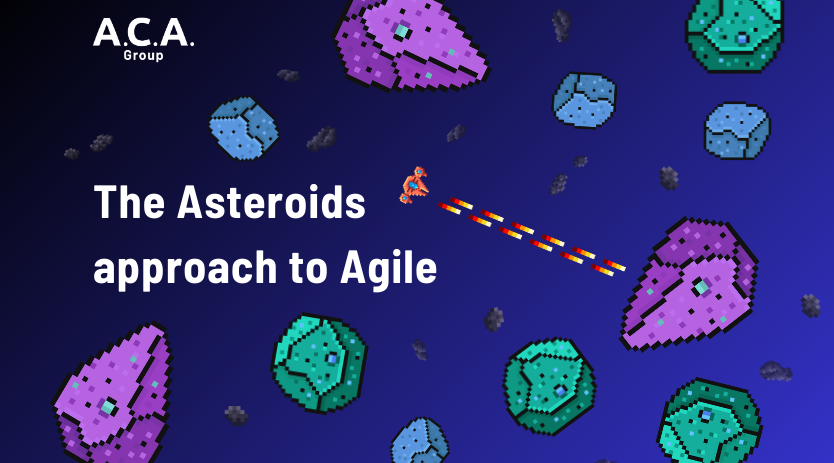
Agile not for dummies: the difference between traditional and Agile methods
This is a dangerous post. It could – again – trigger some discussions on the internet between pro and contra Agile. Although these discussions are sometimes fun to read, that is not the goal here. In this post, I want to show some fundamental differences between traditional and Agile methods. Traditional meaning Prince2, PMBok and in lesser extent ITIL; Agile meaning Scrum, XP and Kanban.
The underlying fundamental differences became obvious to me when I did a study to combine Scrum and Prince2. The conclusion was that as long as you stay on the higher level, you can combine both. In most cases you’ll use Prince2 around the team, and Scrum in the team.
But once you go into detail, it doesn’t add up anymore. Why? Let me explain with one example. Prince2 talks about RACI-models per role: long lists of tasks of a role with an extensive description. In Agile, we don’t do that. The team is responsible, without describing roles into detail. This one example shows that the Agile philosophy is different from the philosophy of Prince2 or PMBok.
Prescriptive vs. adaptive
"The traditional project management methods are more prescriptive; the Agile methods are more adaptive.”
The Prince2 foundation manual counts 199 pages. The PMBOK manual counts 188. In both manuals, there is an extensive description of almost everything: roles and responsibilities, what documents should be delivered, staging, work packages, planning, etc. This way, they are quite easy for the project manager to implement. If you know the book, you will probably be able to run a project, which is only possible if most project actions are described in detail.
So, Prince2 and PMBOK are prescriptive methods. A prescriptive method has a clear, very structured and formal description. It clearly determines rules, roles, deliverables, etc. (Just count the number of times I used ‘describe’ in this paragraph.)
Prescriptive = "making or giving directions, rules or injunctions"
Pre-script-ive = "writing before or upfront"

The Scrum guide counts 16 pages. Scrum is a framework with a limited set of rules. There are 2-3 roles, 2 documents, a couple of meetings, and that’s it. You can explain it in half an hour, and you can then start with the method. It is harder to implement, though. It requires more of you as a project manager. The difficulty lies in the adaptiveness: it is not fixed. You’ll have to find out how to manage this specific project, during the project itself, for this specific context. Introducing Agile needs extensive coaching, because it requires more guidance.
So, Agile methods are adaptive. An adaptive method looks more like controlled chaos. We experiment with the method through formal feedback moments. There is a minimum set of rules, roles and deliverables.
Adaptive = "readily capable of adapting or of being adapted"
Adapt-ive = "able to adapt"
This does not mean one method is better than the other. But it does mean there is a fundamental difference. On one side there is a detailed set of responsibilities per role, and on the other side a rather vague set: a combination is not possible. The same goes for a detailed upfront planning and a highly reactive planning: you can’t combine them. It’s like being a fundamental Catholic and atheist at the same time: it is just not possible. Similarly, you cannot be prescriptive and adaptive at the same time.
It means you have to choose between Agile and traditional. If you combine both, you implicitly choose. Either you choose Agile and adapt Prince2 to match (which then isn’t Prince2 anymore), or you choose Prince2 and adapt Scrum to match (which then isn’t Scrum anymore).
Predictive vs. reactive
"The traditional project management methods are more predictive; the Agile methods are more reactive.”

Prince2 and PMBok focus a lot on planning. With these approaches, you plan work packages and stages rather far into the future. Risk management and the corresponding mitigation are also important parts of the method. You predict risks beforehand; the PM tries to think about possible solutions. It smells a lot like ‘controlling the future’.
Prince 2 and PMBok are therefore predictive methods. They are a plan-based approach. They predict risks and make precise plans.
Predictive = “to state, tell about, or make known in advance, especially on the basis of special knowledge”
Pre-dict-ive = “pre-say-able, predictable, ‘plan’able”
Agile methods also predict, but in a different way: by measuring the past, and extrapolating that past to predict the future. There is not much upfront risk management. We solve problems when they arise, because we just don’t have enough context at the start of the project. And about planning: changes to a plan are no problem, we take those into account.
Agile methods are therefore reactive. They are more an action-based approach. The plan is accurate, but not extremely precise.
Here, you will also have to choose. You cannot have both an upfront planning and an action-based approach or do extensive risk management, only to throw it away because you’ll solve problems when they arise.
Reactive = “tending to be responsive or to react to a stimulus”
Re-active = “action on reaction”
Command & control vs. collaboration
“The traditional project management methods are more a command & control model; the Agile methods are more based on a collaboration model.”
In traditional methods the project manager is responsible for the project. The team executes (= hierarchical structure). Metrics and formal documents measure the progress of a project. The PM uses the metrics to check (control?) the team.
Traditional methods match more with a command & control model. This model is better when dealing with repetitive tasks.
In Agile teams, there is no such thing as ‘the manager’. However, there are facilitators to help with the extensive communication within the team. The team has a lot of responsibility: they get authority and can make decisions. The model is based on trust between all stakeholders.
Agile methods match with a collaborative model. This model is better for complex problems and creativity.

It’s becoming boring… Again: you have to choose. You cannot have an empowered team and a project manager with extensive responsibilities.
And that is also the overall conclusion: choose. You can’t have both.



